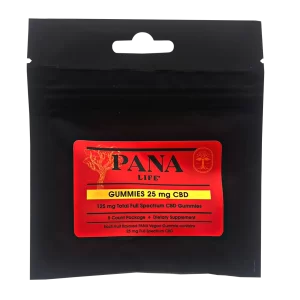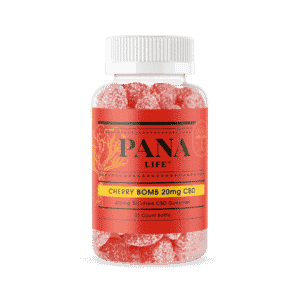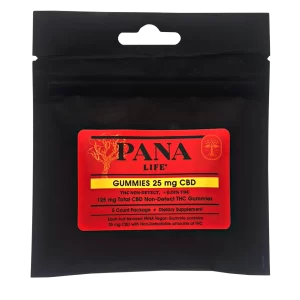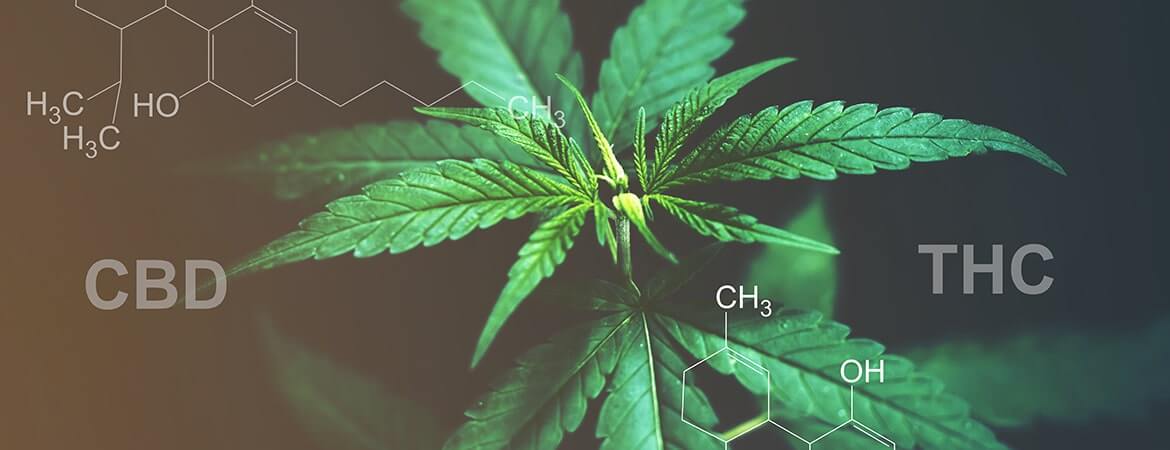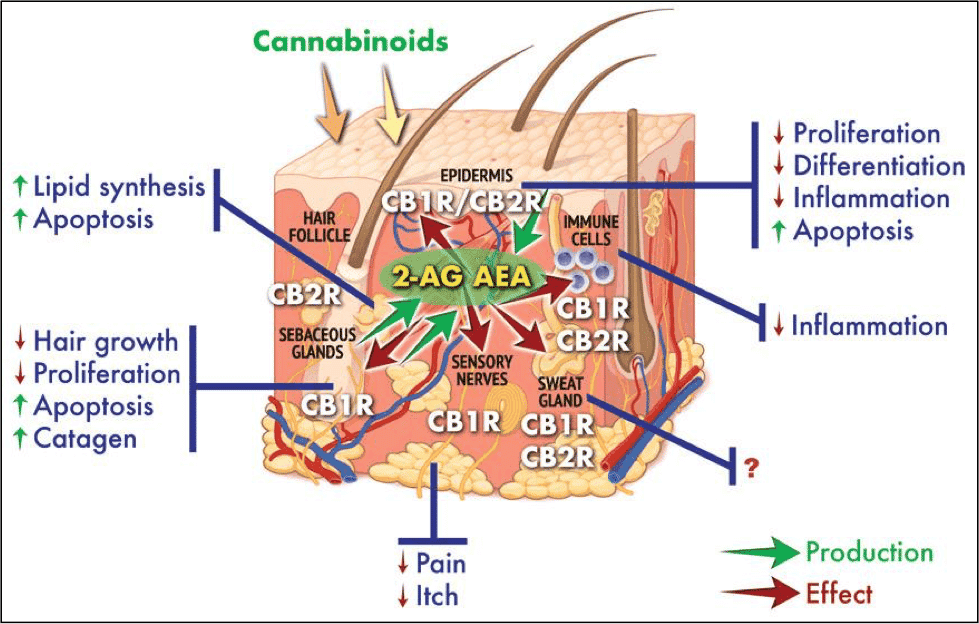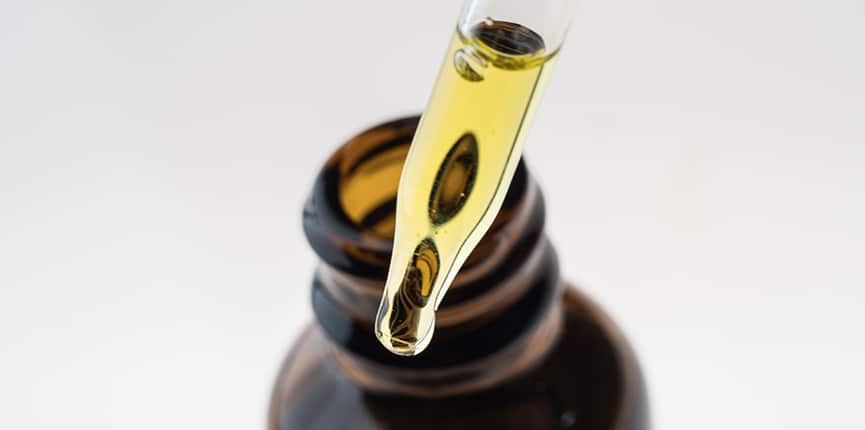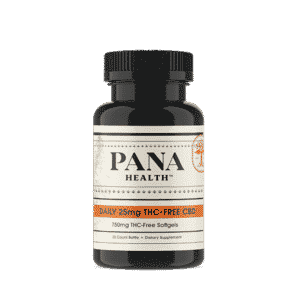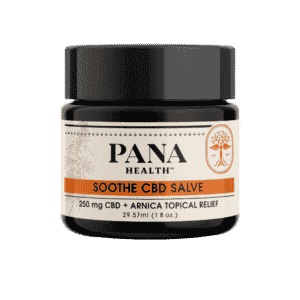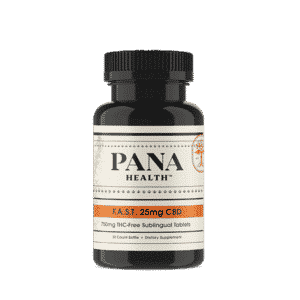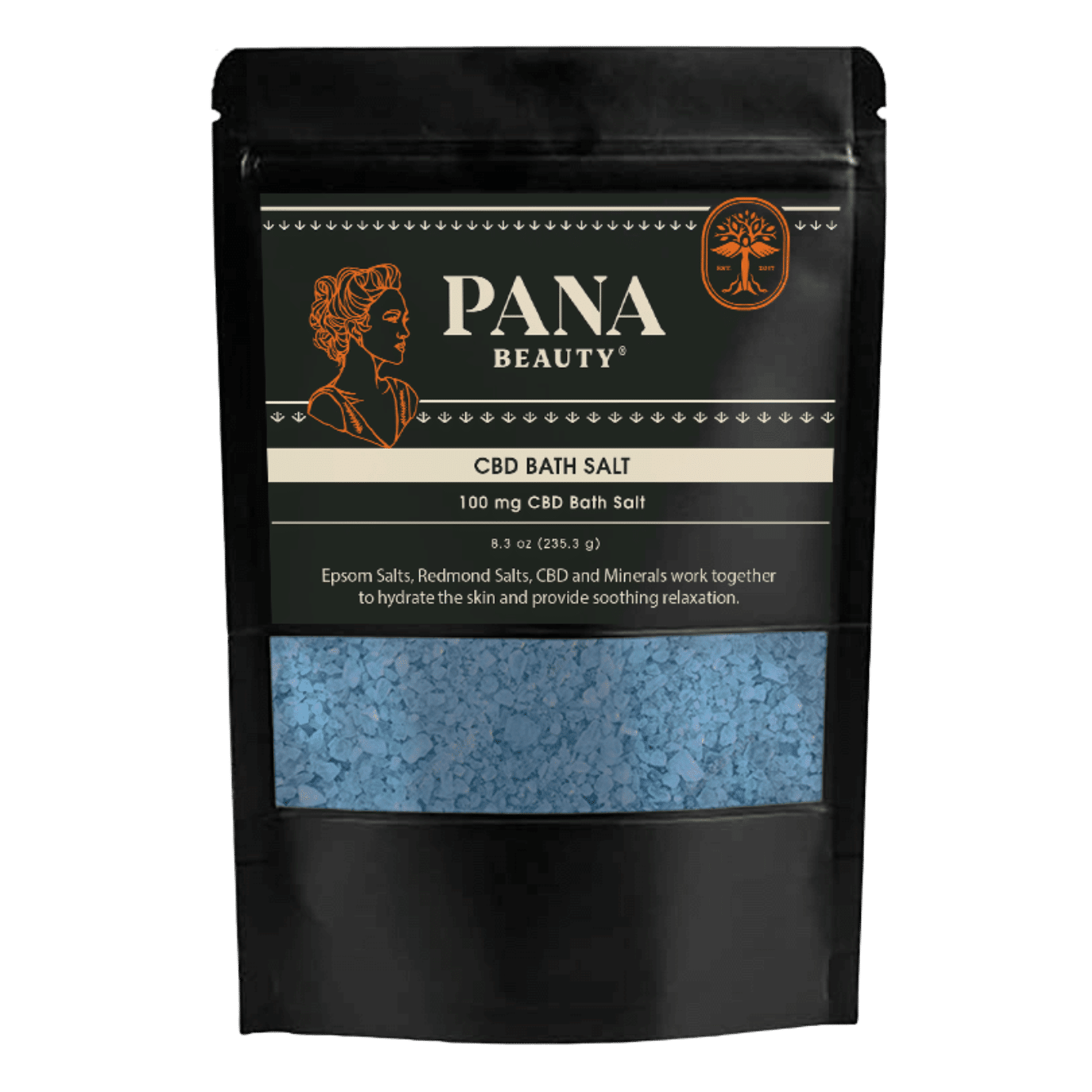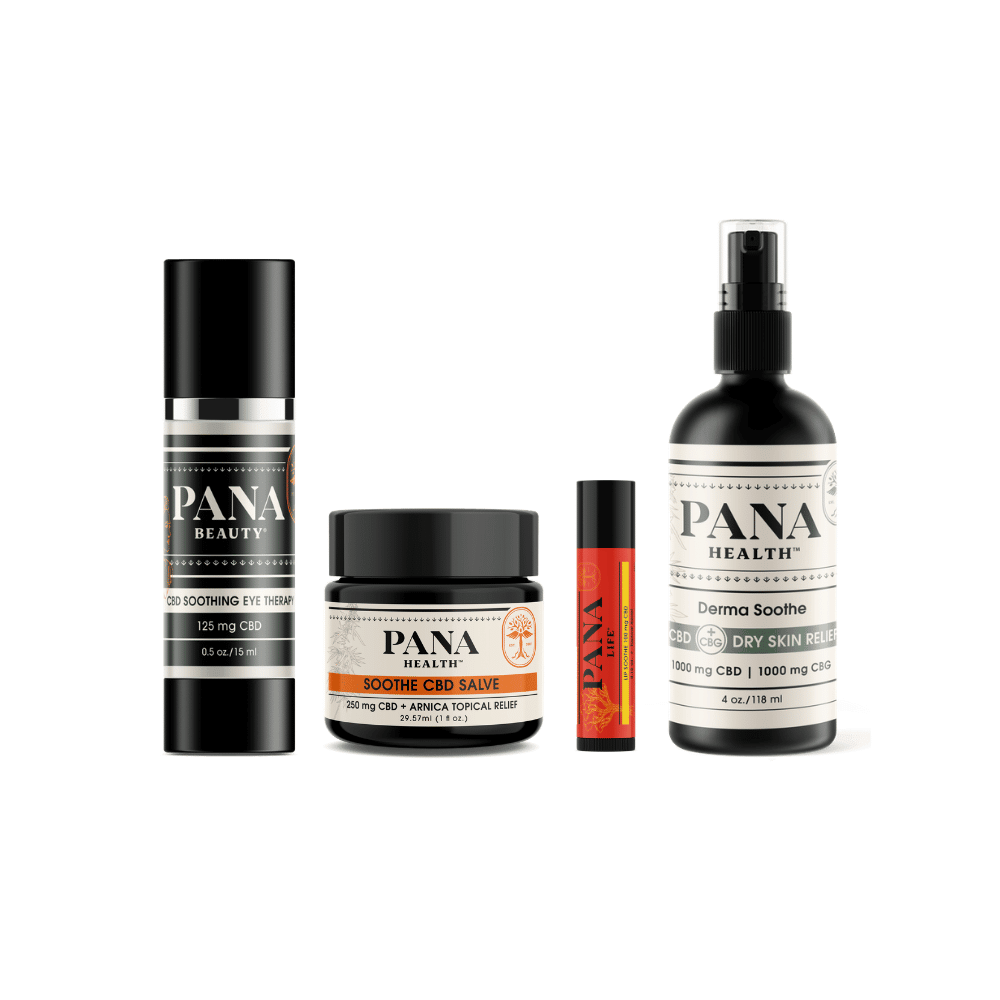Meta description: CBD extract may come from marijuana or hemp, most usually hemp, which is naturally rich in CBD. Here are some of the ways that show how CBD is made.
CBD is the abbreviated form of cannabidiol, one of the several cannabinoids or organic substances present in cannabis plants, like hemp and marijuana. Both hemp and marijuana contain CBD, but most CBD items are mainly manufactured from hemp. Marijuana also produces higher tetrahydrocannabinol (THC) concentrations, a compound in cannabis that can make a person “high.” Hemp, on the other hand, provides just a small quantity of THC at or below 0.3%. Many of us do not understand how CBD oil is produced.
The process of extraction and production of the CBD extract from hemp and marijuana can have a significant effect on the material, consistency, and purity of the product concerned. In this blog, we discuss the various extraction methods used for the processing of CBD oil.
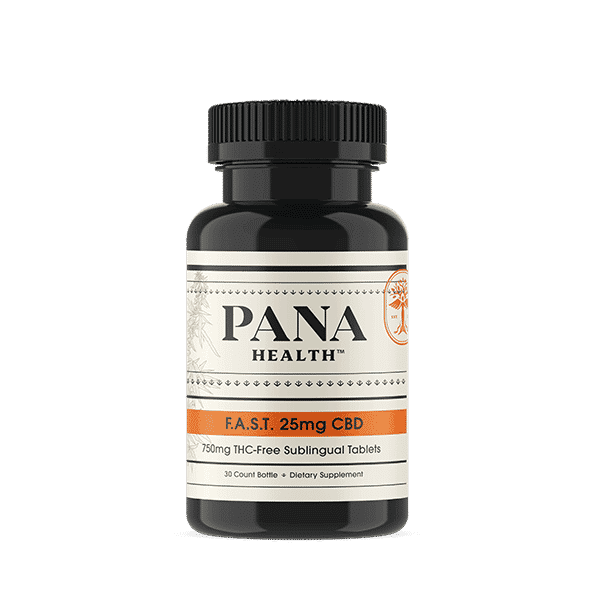
About CBD
Thanks to the overall health and wellbeing properties, people have recorded using CBD. It has developed a massive market following in recent years. This is effective for increasing a state of calm and is approved as a medication for epilepsy by the FDA. It may also assist in decreasing discomfort, helping aid sleep, and a variety of other health conditions. Keep reading to find out what goes into the production of a CBD oil and the forms of extraction involved in it.
Carbon dioxide:
Currently, carbon dioxide (CO2) is commonly recognized as an excellent process for producing CBD-rich extracts. This extraction process imposes pressure and temperature to create liquid CO2 to solubilize the hemp oil from the plant.
The extraction process starts with a substantial piece of CO2 that first uses temperature and pressure to create liquid CO2. The liquid CO2 is transferred to a chamber containing hemp allowing the liquid CO2 to solubilize the hemp oil. The liquid is then transferred to a third chamber and the CO2 allowed to covert back to gas, much like how dry ice converts from solid to gas, leaving behind pure CBD hemp
This method calls for expensive and specialized equipment as well as skilled workers. Because of this, the resulting oil is usually priced higher for the end-users, which allows for the development of the best quality goods.
Liquid solvents:
The principle of using liquid solvents to extract CBD oil may also be used. Substances like propane, butane, hexane, or isopropyl alcohol commonly present in a liquid state, are often included in this extraction process. The method functions similarly as the procedure of extracting CBD from CO2.
Extraction from liquid solvent is a faster and simpler way to make CBD oil, but it does have its drawbacks. Many solutions may extract unwanted plant impurities and chlorophyll, giving the oil a greenish overtone and a bitter taste. But changing the method of extraction will mitigate many of those risks.
Extraction from hydrocarbon:
This early form of removal was developed using a mild hydrocarbon solvent, including hemp oil. Typically utilized as solvents include butane, pentane, propane, hexane, ethyl alcohol isopropyl alcohol, or acetone. These hydrocarbons have a low boiling point and can be removed from the hemp oil through heating, similar to alcohol distillation.
This cheap and simple extraction method comes with a wide range of problems that may make it far from ideal. The oil resulting from hydrocarbon extraction will have lower terpene levels due to the heat needed to remove solvent. Additionally, there may be solvents behind in the oil that may cause significant health hazards
Winterization:
Extraction will solubilize fats and waxes naturally in the plant that would make the oil difficult to work with if not removed. An optional procedure called winterization removes these unwanted components.
This method is sufficient for nearly all plant extracts unless the extraction was generated using the abstraction of low-temp ethanol. The winterization method consists of pouring the CBD extract completely into 200 proof alcohol and freezing it overnight. The cloudy solution is ready for filtration in the morning. To complete the winterization, process the mixture is passed through filter paper, then the ethanol removed through heating as described above in ethanol extraction.
Distillation:
Crude extracted oil, the first pass extracted oil, can be further refined through a process called short path distillation. It leverages the idea that various compounds in the CBD oil have their different boiling temperatures. You can selectively heat the oil to enrich wanted components and remove other undesired elements. The resulting oil has the look and density similar to honey
Short path distillation begins by heating the CBD mixture gradually before the unnecessary substances start boiling off. The vapors produced by this method pass through a tube of distillation until they enter cooling coils where they condense in. They spill down into a different collection chamber, and the process proceeds until only pure CBD oil remains.
Removal of unnecessary compounds:
At this stage, crude extraction and processing will produce a functional extract that includes a complete profile of terpenes and cannabinoids. This extract can provide final products for customers, but there are also additional manufacturing measures that are carried out.
Individuals or communities of compounds are separated or removed from the extract using distillation and chromatography. Examples involve separation of CBD by distillation (which we discussed above) or elimination of THC by liquid chromatography to produce a broad-spectrum extract.
Final words
CBD oil is catching the globe by storm, but the potential lack of quality will cause problems. Knowing how to produce CBD oil may be critical to guarantee you get the right products. Ask your CBD suppliers what processes they use to extract impurities, and make sure you have the highest quality drug.
If you like to learn more about CBD oil and its uses, you can visit our site, PanaceaLife.com, to know more about CBD oil.



